As mentioned in previous articles, rice is one of the oldest food grains that has satiated the human stomach for five thousand years. The ease of planting and preparing this important and nutritious seed has caused people all over the world to mention it, along with wheat and corn, as one of the main food supply options.
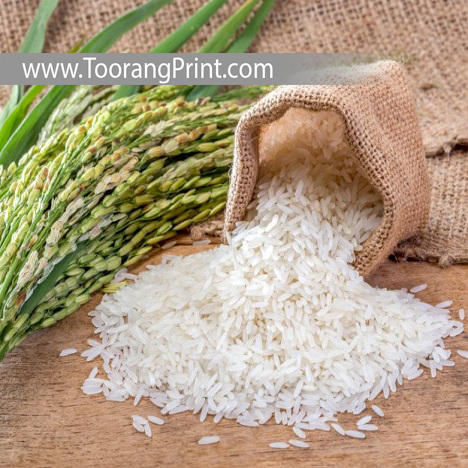
However, despite the worldwide popularity of this multi-colored grain, many are unfamiliar with the different methods of cooking rice used around the world. Therefore, we decided to talk a little about the different methods of cooking rice that were more common than others, not only to help the audience in better cooking rice but also to create different and varied experiences of cooking with rice for him.
In the continuation of the article, we will deal with different methods of cooking rice.
1. Boil and steam
This method is the most common way of cooking rice. In this method, the rice is poured into water and soaked a lot. In this model of cooking, depending on what kind of rice you cook, rice can take different forms and different states, and after it is fully cooked, the rice can be poured into a dish and served.
This type of rice has different food uses. It can be poured into a soup and served. It can be consumed with different vegetables or it can be fried in the Chinese way with different types of sushi.
One of the advantages of this cooking method is its high percentage of digestion (88% of digestion in adults and children).
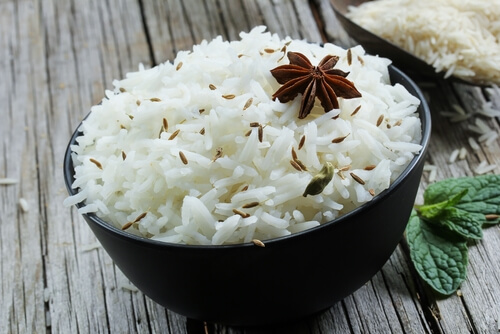
2. Rinse the rice
This method is the same as the previous method and the only difference is the amount of water consumed. Unlike the previous method where the rice is cooked in water, in this method, after the rice is cooked enough, we remove the dish from the oven and take out the water and rinse the so-called rice. After this, pour the rice back into an empty bowl of water and leave it to steam for a while. In this method, due to the use of abundant water and course rinsing, a large part of the salts and nutrients of rice, which of course are soluble in water (such as starch and protein), are lost.
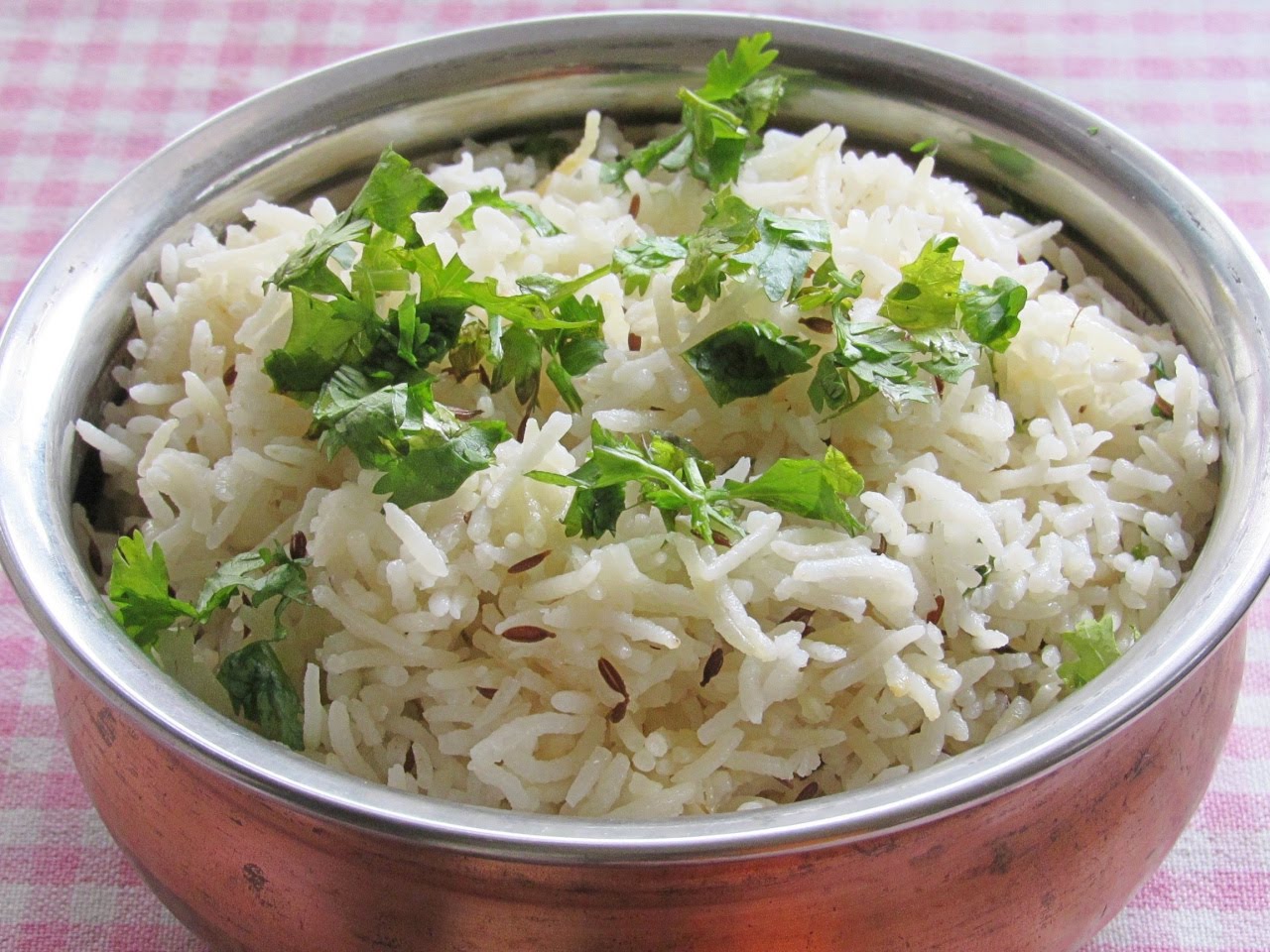
3. Cook with optimal water
In this method, we pour only enough water into the rice to absorb all of it, and this amount varies depending on the type and amount of rice. After the water starts to boil, reduce the flame so that the rice cooks slowly and inside the dish. It is clear that after cooking, the rice on the bottom of the dish will be softer than the rice on the dish.
4. frying
This method is mostly used in Mexican, Chinese, and Spanish cuisines. In this method, rice is fried with other nutrients (depending on the recipe), such as meat, vegetables and legumes, first and then with other ingredients, in a container containing a certain amount of boiling water.
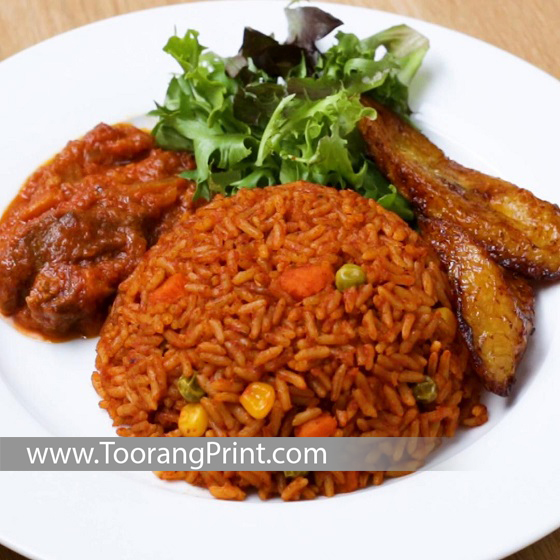
5. Porridge
This method is very popular in the world as a dessert. In this method, as in the first case, we boil the rice in a container and while the rice is boiling, we add a lot of water to it. This large amount of water causes the rice to decompose and soften. Porridge is mostly eaten for breakfast or to cure patients and is a well-known and popular way to cook rice all over the world.
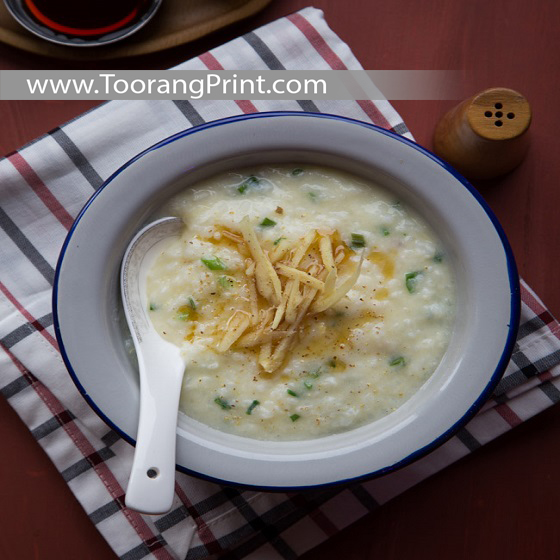
6. Germination method
In this method, before boiling the rice, as usual, it is soaked and then rinsed. After this, the rice is left aside for a few days to germinate and increase its nutritional properties. This is the same method that is used in cooking one of the seven trays on the table.
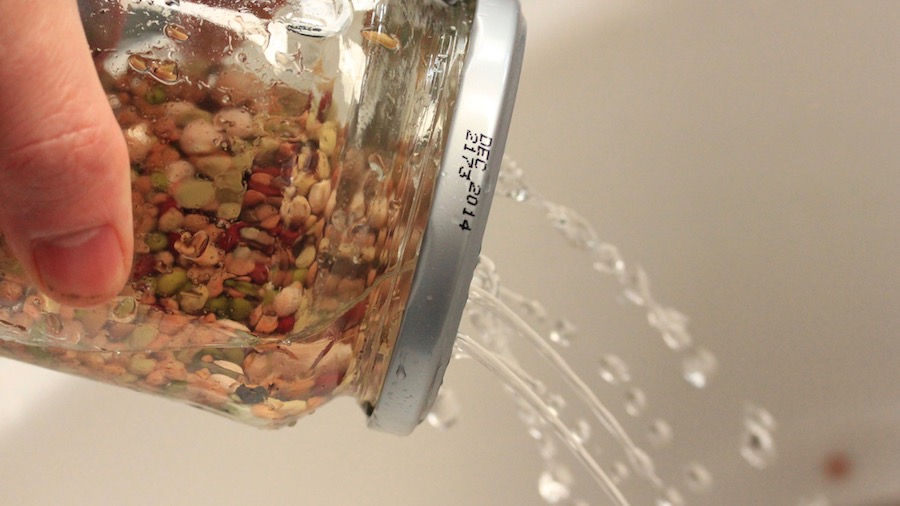
7. Pressed rice
Pressed rice is more popular in countries like Malaysia and Indonesia. In this method, raw or semi-cooked rice is placed in coconut leaves, banana peel, or, like the Iranians, grape leaves, and then cooked. Finally, the rice is squeezed and takes the shape of its cover. Meat and vegetables can also be used in cooking compressed rice.
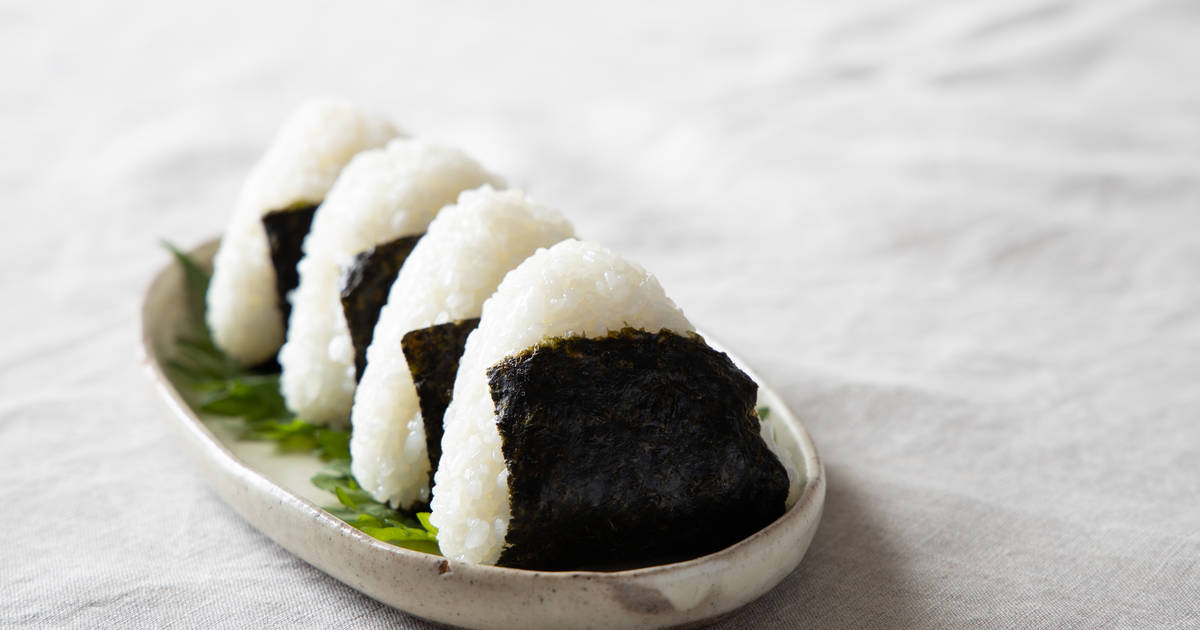
Rice is one of the main foods of most people in the world and this issue has caused this grain to experience different cooking methods depending on the environment, climatic conditions, and different cultures. The author believes that familiarity with different cooking styles and methods will give us fascinating and extensive cooking experiences and make us move away from the monotony and everyday life.

Moreover, with the spread of vegetarianism in the world, the author predicts that people will try and even invent different methods of cooking and preparing food using plant and agricultural products, in which case, This article will be doubly valuable.
However, do not forget that excessive consumption of rice carries the risk of obesity and, worse, loss of fitness. So we recommend that you, like other foods, have a good understanding of how much to consume.